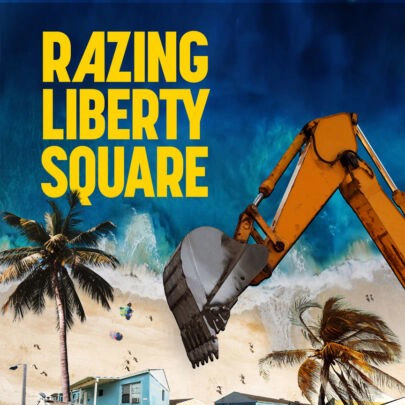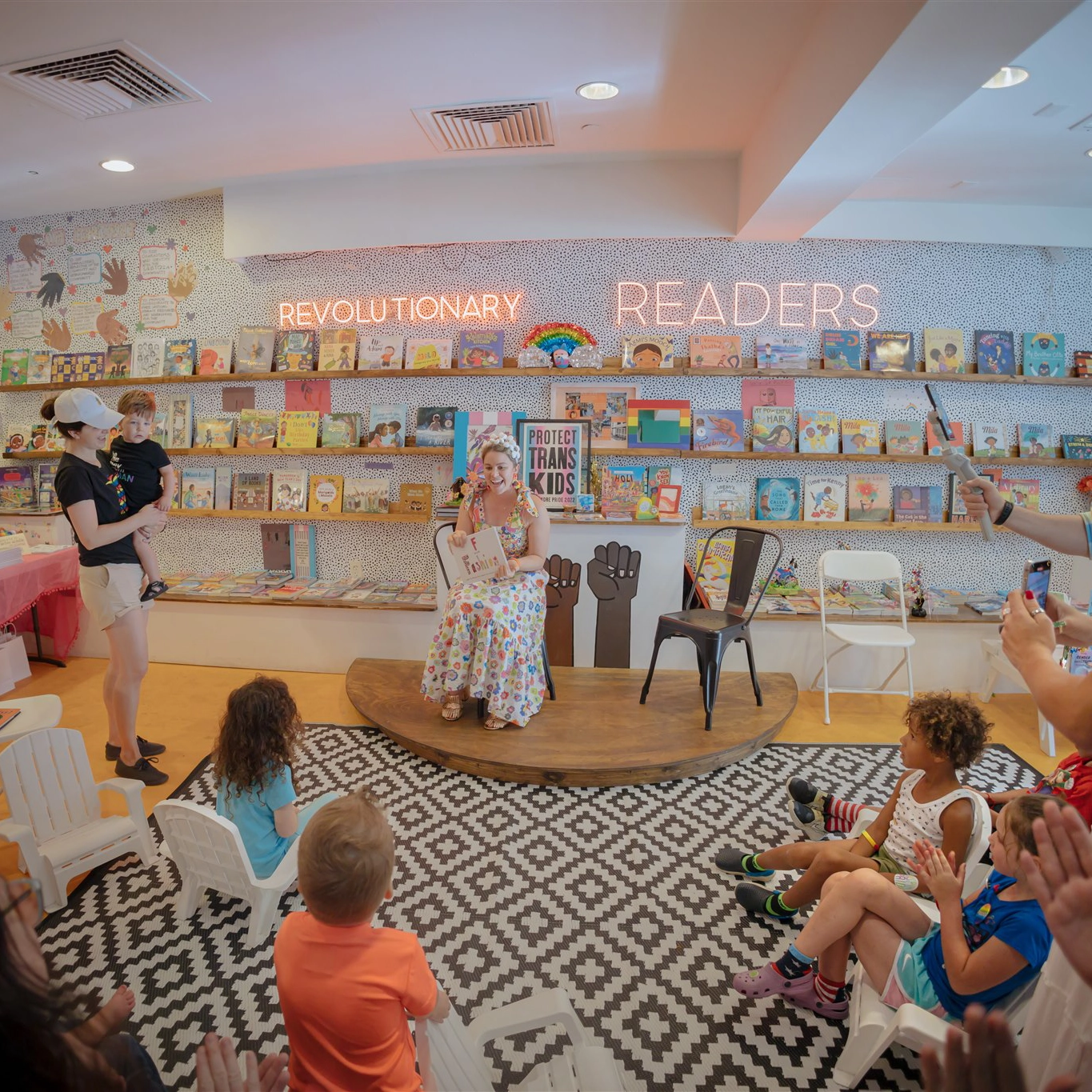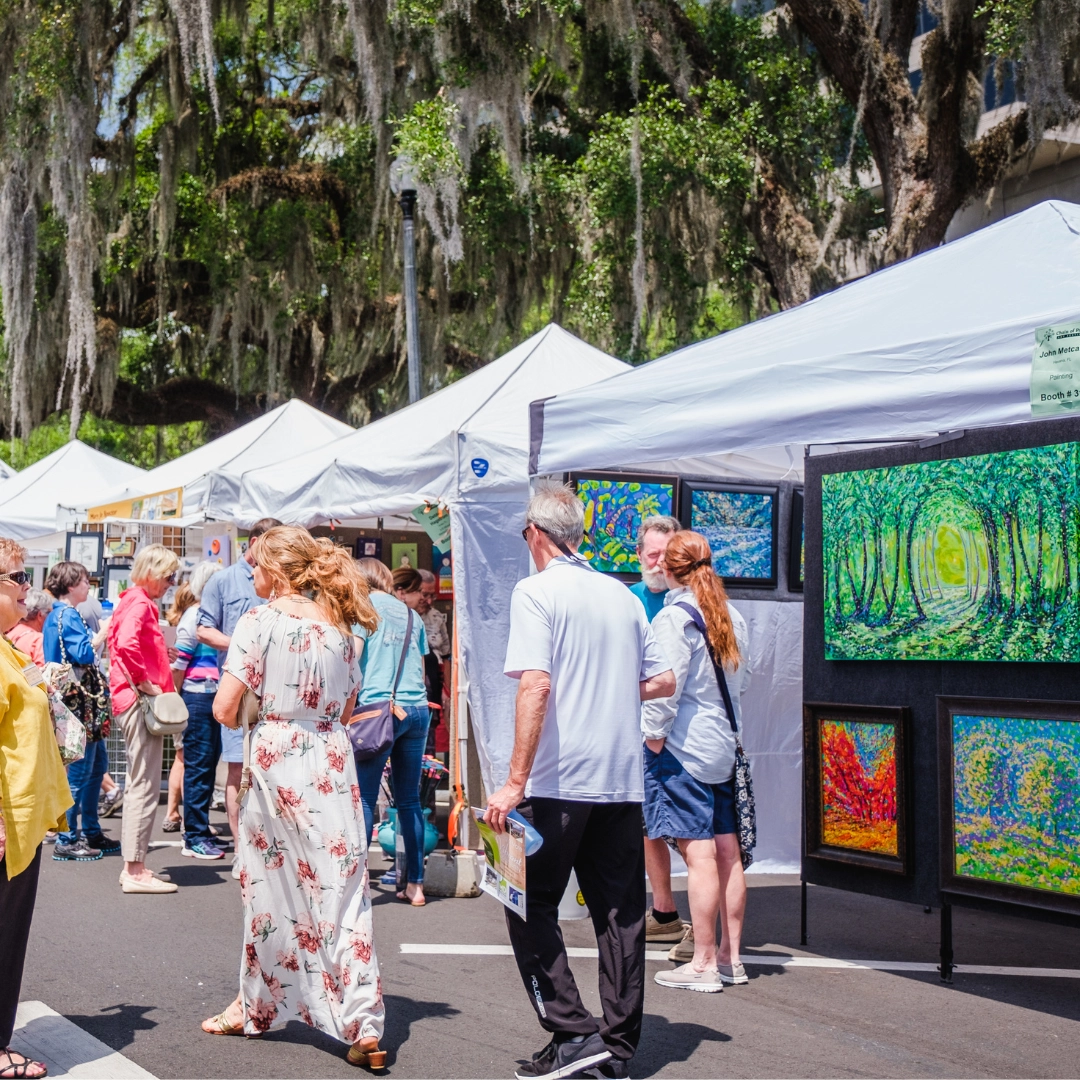by Kiera Geraghty | June 19, 2020
Sunshine State Drive-Ins Reclaim the Spotlight
As many industries suffer, the nostalgic drive-in captures a newly growing audience

When Debbie Roop met her partner Tony Martin in the ’80s, dating was not an option for the young, disheartened teenager. Her overprotective father eventually acquiesced as long as Roop stuck strictly to double dates. Drive-in movie theaters became a go-to outing for the young couple. The childhood sweethearts separated when Roop moved to Alabama as a teenager, but 26 years later, the couple reunited through a family member, and drive-ins ended up taking center stage in their love story once more.
While cruising around one night in 2015, the pair spotted lights shining beside the road. After some investigating, they found themselves at the Ocala Drive-In off of U.S. Route 441.
“When we reunited and thought all the [drive-in] movie theaters were gone, we discovered this one out in the woods,” Roop wrote in a message to Flamingo. “We were so excited; it took us back to being teenagers all over again.”
Even though Martin passed away in January 2018, just seven months before the couple could get married, Roop will always remember holding hands at the concession stand of their “little hideaway.” While drive-in theaters have hung around as an old-school staple for some people, others are finding new joy in the nostalgic experience as COVID-19 highlights the once-relic’s newfound practicality. At one point, Florida’s own Ocala Drive-In was the only theater open in the country showing new movies for three weeks. John Watzke, the owner, said he never even considered closing.

“My family has worked at theaters for 107 years. The old cliché that the show must go on is not a cliché. It’s a way of life for us,” said Watzke, who reopened the abandoned theater in 2011 after reminiscing on his childhood in a family of projectionists. “So regardless, I intended to stay open unless somebody—a major authority—could give me a good reason not to be.”
A force of nature himself, Watzke, who is originally from New Orleans, reacted to COVID-19 with characteristic efficiency and lack of convention. After a prospective patron called and expressed discomfort with having to come inside to retrieve his food, Watzke assured the man that his carry-out window would solve that issue. After getting off the phone, Watzke’s sister-in-law reminded him that he didn’t have a carry-out window. “I’ve got two and a half hours before they get here. I will,” Watzke replied.
If they see that movie at a drive in, it’s a memory. They will tell you what drive-in they saw it at, what kind of vehicle they were driving, who was with them, what they ate, everything. — John Watzke
In two days, his lot was entirely set up for social distancing and his website for ordering concessions online. Watzke even believes he’ll keep some of these measures in place, like the carry-out window, with modifications after COVID-19. The Ocala Drive-In has also started hosting church services, concerts and even graduations. Watzke’s daughter had called him brokenhearted about her canceled graduation ceremony from the University of Southern Mississippi, and although he couldn’t give her the commencement she wanted, he decided to do what he could to recognize the graduating class in his own community.
The number of drive-in theaters across the U.S. has been steadily dropping over the years. Today, there are only seven operational drive-in theaters in Florida. While safety measures like increasing space between cars and implementing carry-out food services have reduced capacity, Watzke claims that his business is up 30 percent for this time of year, which is typically slow. Chris Hodge, manager of the Silver Moon Drive-In located in Lakeland, estimates that the theater’s Facebook following has grown at least 25 to 30 percent since COVID-19, despite closing for a month because of the pandemic.
“What keeps me coming back is their prices,” said Kara Smith, who started going to the Ocala Drive-In a couple of months ago. “Drive-in movies are special because you get to see two movies on one screen,” referring to the back-to-back double feature that is a drive-in staple.

Drive-ins have managed to persist despite Hollywood’s neglect during COVID-19. “They didn’t really care too much if the drive-ins had anything or not it seems like,” Watzke said. He immediately started using his contacts to bring in independent features, and Silver Moon Drive-In sends out polls on social media to find out what throwback films its audience wants to see.
While many people are visiting drive-ins for the first time since childhood or introducing their families to them, others never let go of the time machine that is a drive-in. Both the Ocala and the Silver Moon Drive-In begin their movies with old trailers and commercials and stream their audio through radio stations.
“There’s some people that do come five times a week,” said Hodge, manager of the Silver Moon Drive-In. “Some of them, we know them by name, where they work, what their life story is.”
Despite their recent uptick in popularity, a drive-in theater is by no means a cash cow. It takes long hours all day, every day to make it work.
“It’s a passion,” Watzke said. “This is not a quick-buck industry.”
Watzke hopes that COVID-19 is just the beginning of the comeback for the drive-in. Gone are the days of people’s ignorance to how the drive-in has ushered itself into the 21st century. People can now see that a drive-in makes the viewing an experience in and of itself.
“If they see that movie at a drive in, it’s a memory. They will tell you what drive-in they saw it at, what kind of vehicle they were driving, who was with them, what they ate, everything,” Watzke said. “That’s the difference between a walk-in theater and a drive-in. A walk-in theater is a movie. A drive-in is a memory.”





